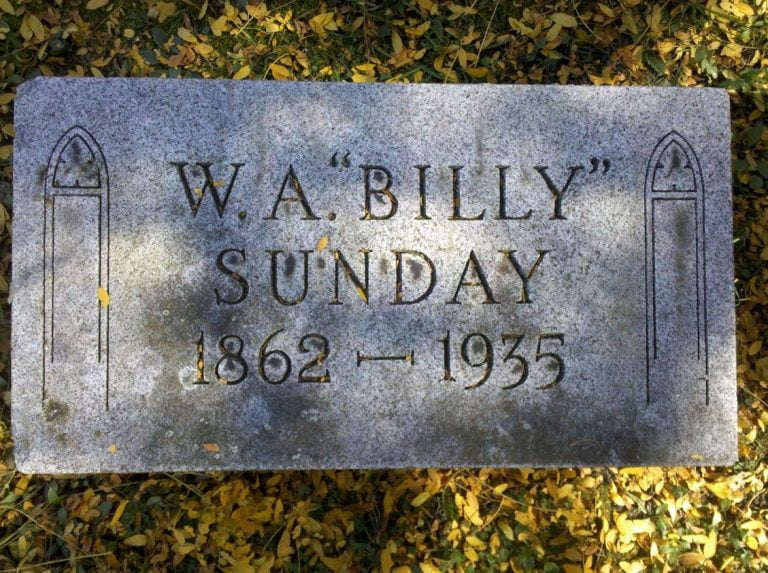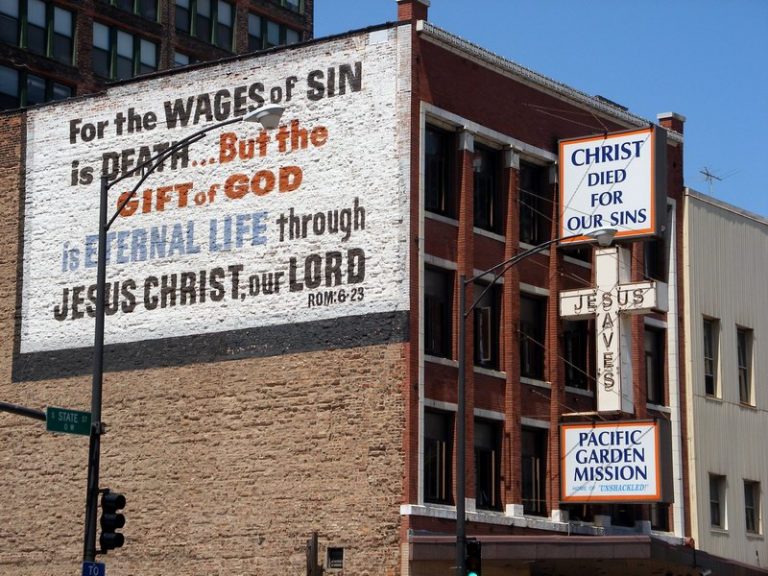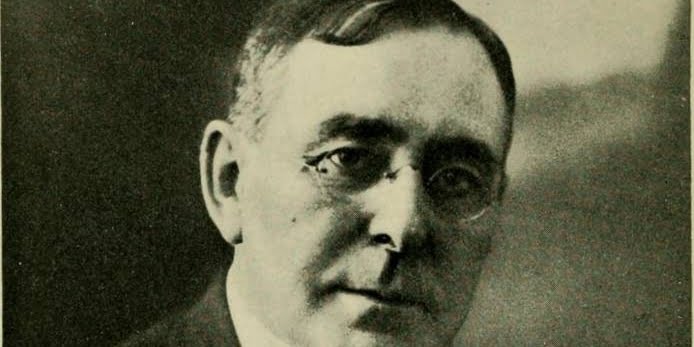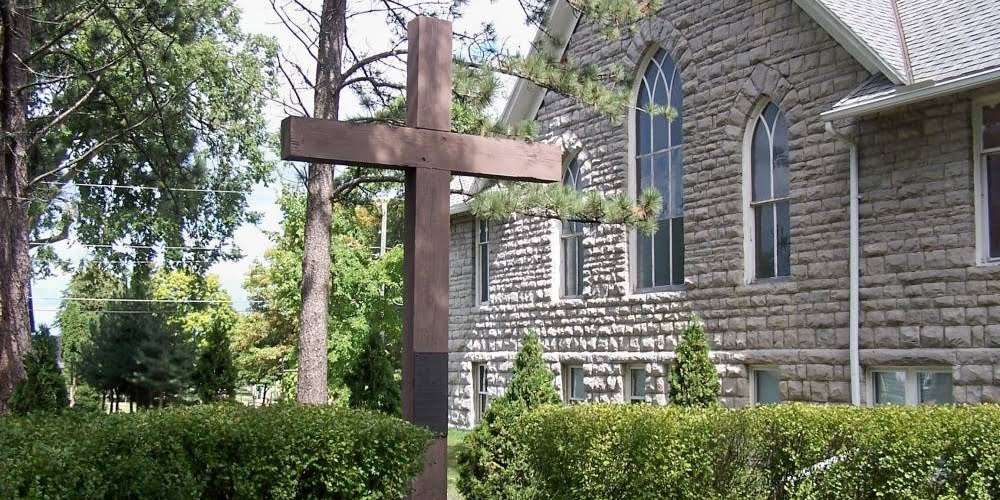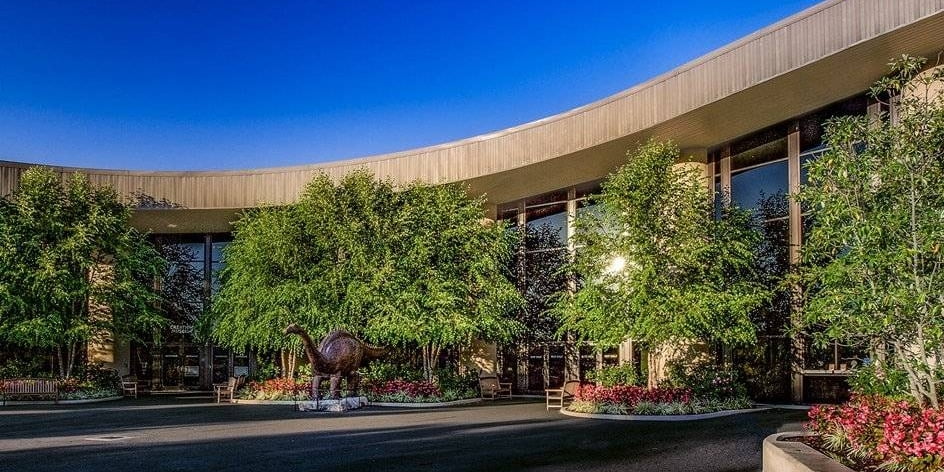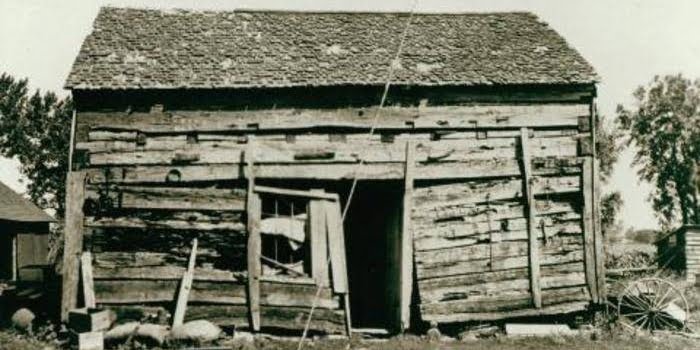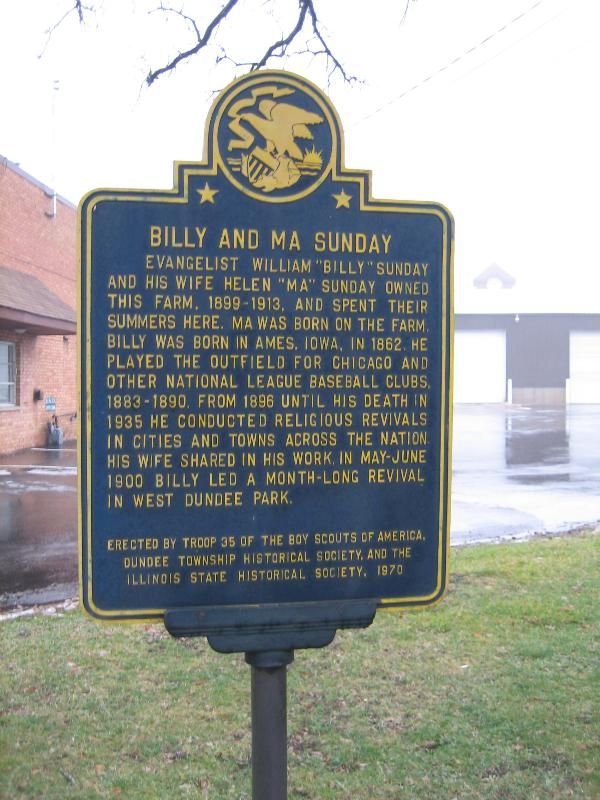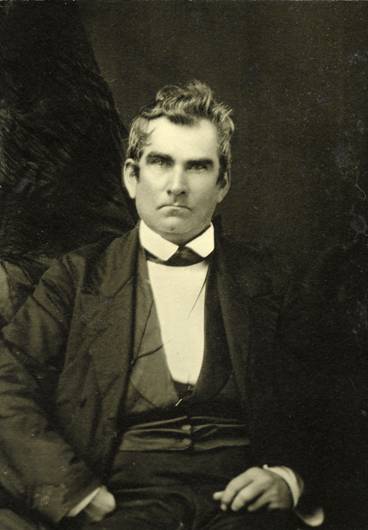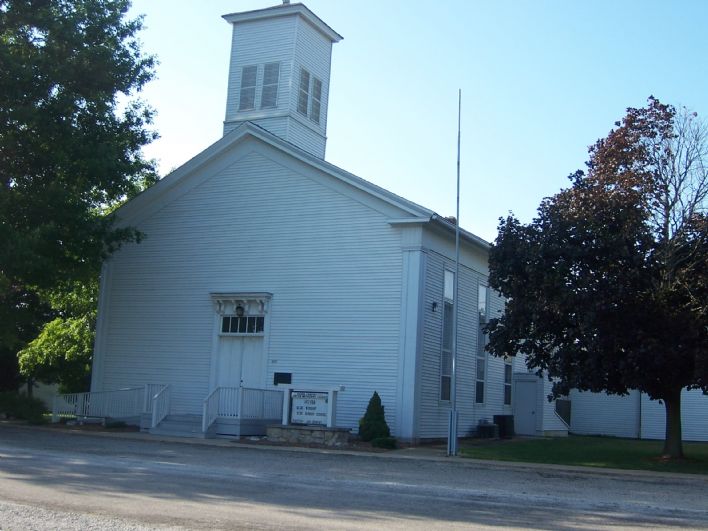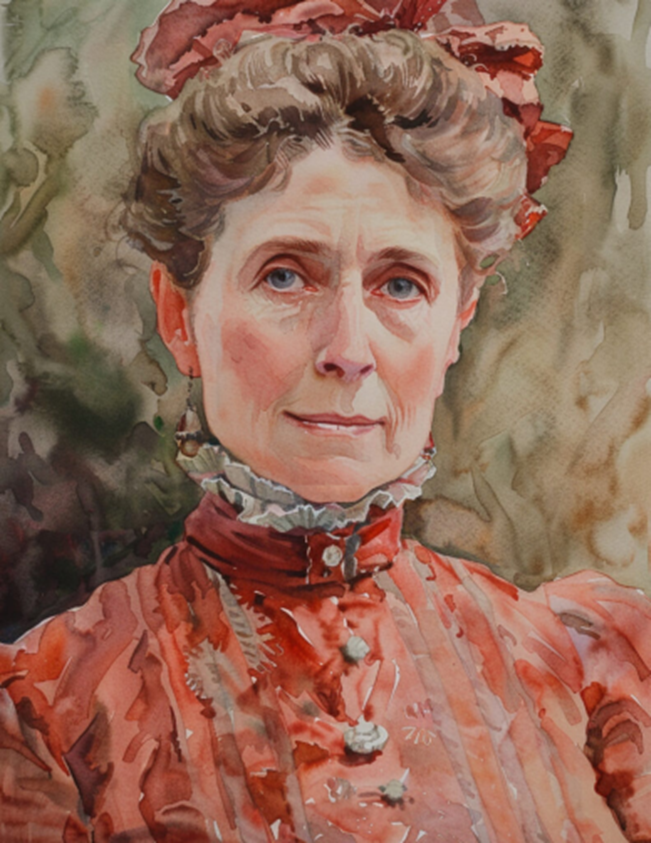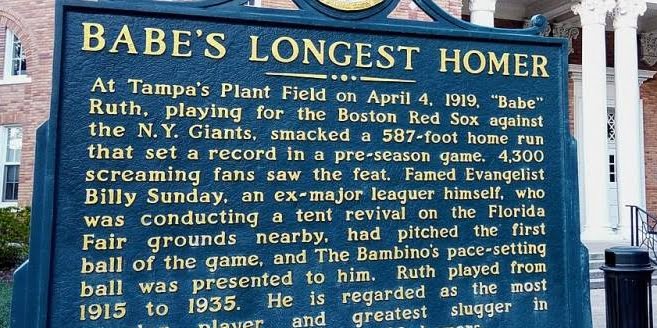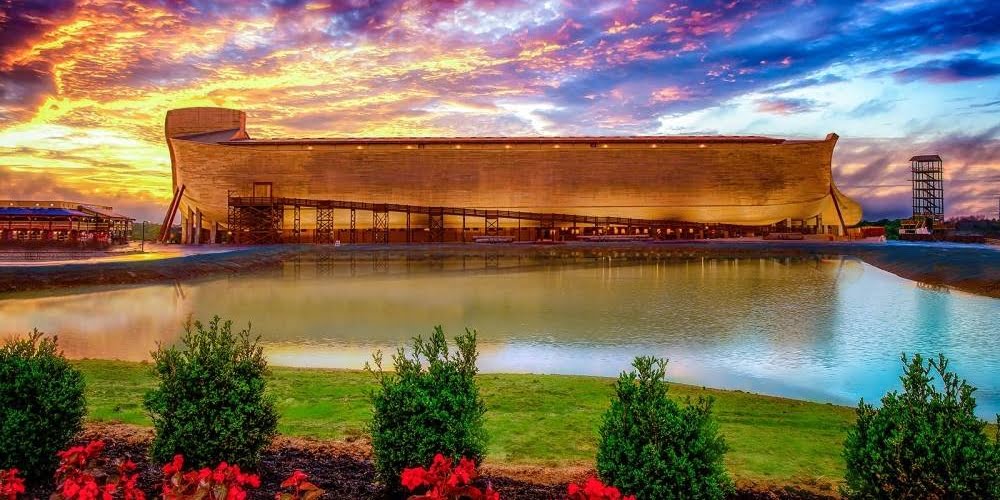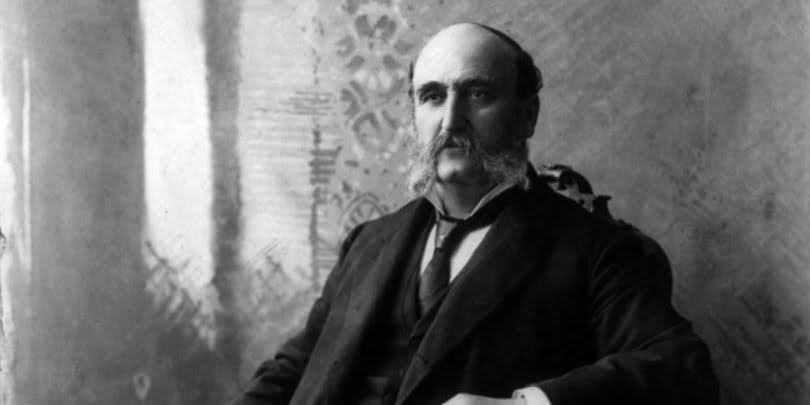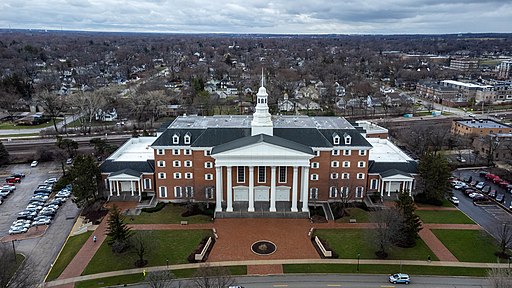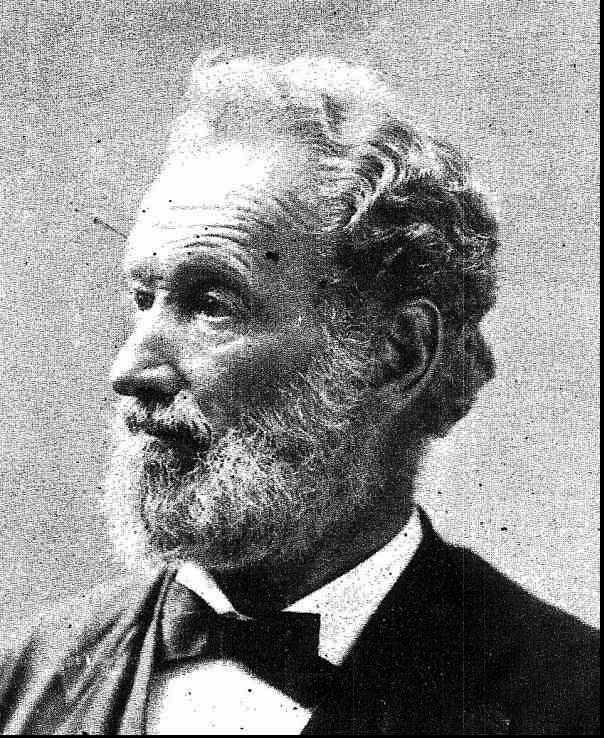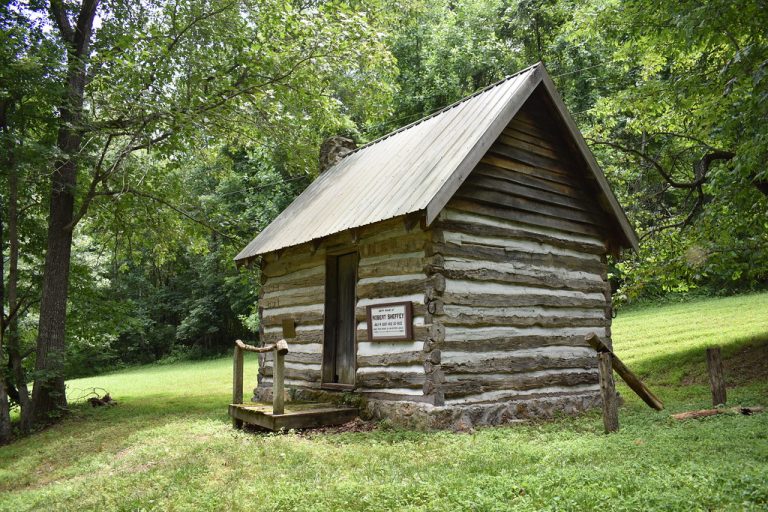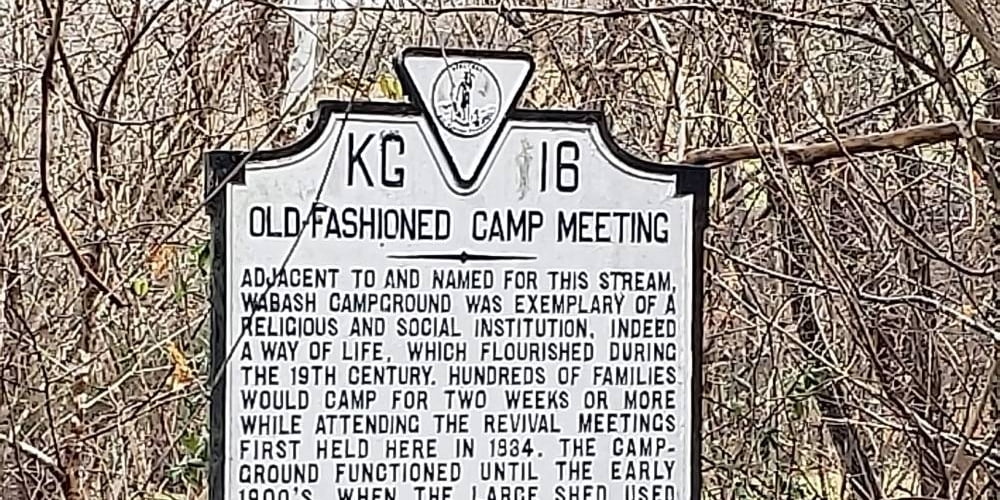Favorite
William Ashley Sunday is buried in the same cemetery as Paul Harvey (other side of the Des Plaines River). Enter the cemetery near the bus stop, take the second left and proceed to the Haymarket Martyr’s Monument. Following trial, four anarchists were executed by hanging in 1887. Because German Waldheim was not a religious cemetery, it was chosen for the Read more...
Favorite
Internationally known for their live productions of ‘Unshackled’ – the longest running radio drama in American history, Pacific Garden Mission is also the oldest continuing operating rescue mission, approaching 150 years of continuous service. Started in 1877 by Colonel George Clarke and his wife, Sarah Dunn Clarke on Clark Street, the mission has been in a few different locations since Read more...
Favorite
John Wilbur Chapman 1859 – 1918 Presbyterian evangelist, J. Wilbur Chapman was born in Indiana and educated at Oberlin College and Lane Seminary. He received the LL.D. degree from Heidelberg University. He held pastorates in Ohio, Indiana, New York, and Pennsylvania. He conducted evangelistic campaigns in Canada, Hawaii, the Fiji Islands, Australia, New Zealand, England, Scotland, Japan, Tasmania, and the Read more...
Favorite
Wikipedia: George Bennard was a native of Youngstown, Ohio, but was reared in Iowa. After his conversion in a Salvation Army meeting, he and his wife became brigade leaders before leaving the organization for the Methodist Church.[1] As a Methodist evangelist, Bennard wrote the first verse of “The Old Rugged Cross” in Albion, Michigan, in the fall of 1912[a] as Read more...
Favorite
Ken Ham was born in Australia, the son of a Christian educator. At the age of 10, John Whitcomb and Henry Morris published The Genesis Flood, that ignited the modern Young Earth Creation movement. After college, Ken Ham taught high school science, until he began a Creation ministry in Australia, and then later moved to the United States to work Read more...
Favorite
Billy Sunday home from 1862-1872. Road renamed Billy Sunday Lane Burial of Albert Sunday, older brother of Billy, and Mary Jane Corey, Billy’s mother Image Credit: Sep 20, 1916, Page 11 – Boston Post at Newspapers.com. www.newspapers.com/image/74642292/?match=1&terms=%22boyhood%20days%20again%3A%20billy%20sunday%22. 1851 – Squire Martin Cory (maternal grandfather of Billy Sunday) settlement started with a Land Patent on 160 acres 1862 – Read more...
Favorite
Halfway between O’Hare Airport and Rockford Illinois is a historical marker about a famous evangelist. Billy Sunday had given up professional baseball for the Chicago White Stockings in 1890 and began holding evangelistic meetings across the nation. During the summers he would take a break from the road – he wanted a place that felt like his hometown of Ames, Read more...
Favorite
Born in Virginia, and raised in Kentucky, Peter Cartwright (1785-1872) was a carnal frontier adolescent. At 16, he attended a revival meeting was “soundly converted.” To this meeting I repaired, a guilty, wretched sinner. On the Saturday evening of said meeting, I went, with weeping multitudes, and bowed before the stand, and earnestly prayed for mercy. In the midst of Read more...
Favorite
One moved two miles west and built the Bethel Methodist Episcopal Church (which was torn down in 1953). The other moved into the new village of Pleasant Plains, Illinois and constructed the current building in 1857. Two additions have been made, but the sanctuary is nearly the same as during Cartwright’s time. Featured Image Credit: “Peter Cartwright United Methodist Read more...
Favorite
Born November 27, 1862, Bloomfield, Iowa (birth name: Sarah Addison Pollard). Author of over 100 hymns and Gospel songs, Pollard was educated in Denmark, Iowa, Valparaiso, Indiana, at the Boston School of Oratory, and the Moody Bible Institute in Chicago, Illinois. She taught in Chicago, and at the Christian and Missionary Alliance Training School in New York. She worked for Read more...
Favorite
This stop isn’t exactly a Christian historic site, but an interesting look at history from the Christian era. George Herman “Babe” Ruth (1895-1948) was called the “Sultan of Swat” An inaugural member of the Baseball Hall of Fame, and holder of records that still stand today, he was awarded the Presidential Medal of Freedom posthumously by President Donald Trump. In Read more...
Favorite
John Jasper (named by his mother, Tina, after the beloved disciple, John) was born on July 4, 1812, the youngest of twenty-four children. John’s father, Philip, was a Baptist preacher among the slaves of Fluvanna County, Virginia, located in the central part of the state just east of Charlottesville; unfortunately, John never knew his father because Philip died about two Read more...
Favorite
Thomas Obadiah Chisholm was born in a log house in Lake Spring (marked by the present Lake Spring Road) near Franklin, Kentucky, in 1866 – just after the Civil War. His boyhood was spent on a farm – and then at 16 he started teaching in the country schoolhouse he had attended. and in teaching district schools until he Read more...
Favorite
Ken Ham, founder of Answers in Genesis envisioned a full scale replica of Noah’s Ark to “lend credence to the biblical account of a catastrophic flood and to dispel doubts that Noah could have fit two of every kind of animal onto a 500-foot-long ark.” Following the announcement of the plan on December 1, 2020, they proceeded to raise $100 Read more...
Favorite
Watch our interview at the Ira Sankey Collection at the Lawrence County Historical Society on OCH Born in Edinburg, PA, to a Methodist family, Ira Sankey (1840-1908) loved music from an early age. At 16 he was saved at the King’s Chapel revival meetings. At 21 he volunteered for the Union in the Civil War. At 23, he married Fanny Read more...
Favorite
For over 40 years, the Billy Graham Center Museum has welcomed tens of thousands of visitors annually. The first part of the museum is the History of Evangelism in America. See the first Bible printed in America – and it wasn’t in English, it’s the Eliot Algonquin Indian Bible. Colonial Puritan Cotton Mather’s sermon notes and books are on display, Read more...
Favorite
The Hobby Lobby family invested $500 million into an incredible museum in Washington D.C. The doors are almost 40 feet high, making it the largest brass gates in the world. And its based off of the first printed book in the world, the 1450 Gutenberg Bible. Once you enter the symbolism is everywhere – from the marble floor symbolizing going Read more...
Favorite
From Wikipedia: Sheffey was born near the hamlet of Ivanhoe, Wythe County, Virginia, of a locally prominent family, the youngest of five brothers.[2] His mother died when he was two, and he was reared by an aunt in Abingdon, Virginia. Sheffey attended Emory and Henry College in 1839–40, but “his early dislike for books and an aversion for profound study” Read more...
Favorite
Robert Sheffey (1820-1902), ministered in the Appalachian region, often seen as ‘unique’ by other parts of the country. But no matter what stereotypes Appalachia had, Sheffey was the most unique of all. Born into a respectable family and having attended some college, Sheffey was born again at a revival meeting and became a Methodist minister of sorts. Of sorts, because Read more...
Favorite
See Robert Sheffey Grave nearby for more info Featured Image Credit: Old-Fashioned Camp Meeting Historical Marker. 3 Nov. 2024, www.hmdb.org/m.asp?m=41429. Read more...
